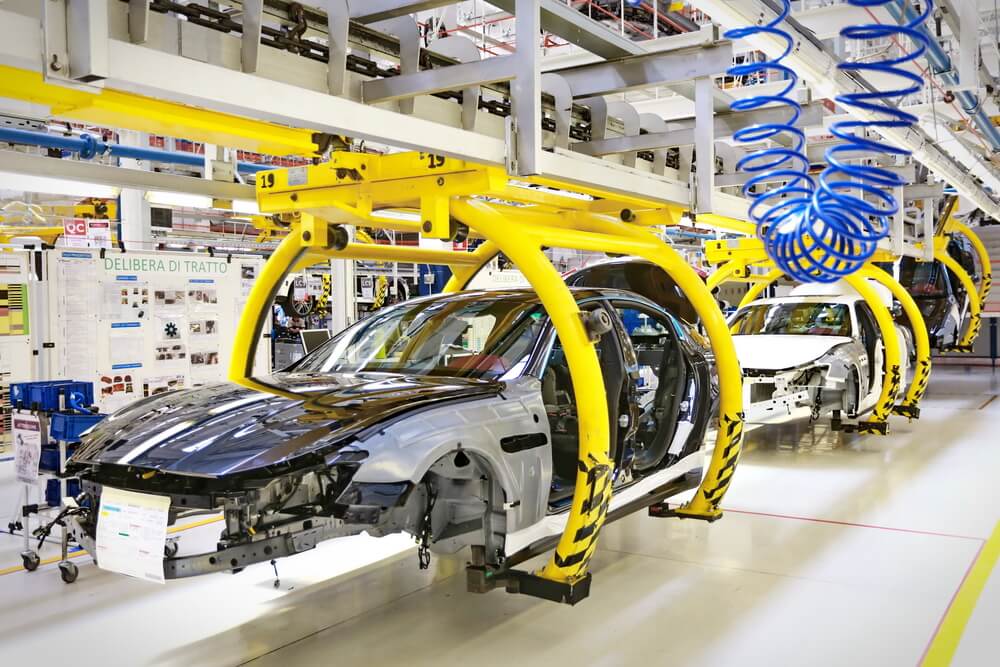The appearance of automobiles, their components, safety features, and general performance are all impacted by government regulation.
As a consequence of this, government regulation also has a considerable impact on the automotive industry. As a result of this, production costs tend to rise. There are also constraints placed on the manner in which automobiles are sold and promoted. If automakers do not comply with the requirements, they risk facing hefty fines and other forms of punishment. These restrictions were created with the intention of helping consumers and keeping the environment safe.
The Role That Government Regulation Plays in Shaping the Appearance of Automobiles
In the 1950s, a customer could quickly identify one automobile from another based on the manufacturer and model. The designs of automobiles changed drastically from one year to the next. The originality of those designs was one factor that contributed to the cars’ marketability. However, the level of safety provided by each of these systems was somewhat different from that of the other.
For instance, the steering column of the 1953 Mercury Monterey was unyielding. The levers on the heating system were pointed. By this, they had the ability to pierce a driver in the event of an accident.
The government’s intervention in newer, more advanced safety requirements has made the designs of automobiles begin to resemble one another. Automotive manufacturers could more easily comply with these requirements. Every safety feature has certain design constraints, requires a certain amount of space, and needs to be installed in a particular location within the vehicle. This restricts the alternatives available to automotive designers when coming up with ideas for new vehicles.
Fuel Efficiency Requirements
In recent years, legislators have placed a greater emphasis on the importance of fuel efficiency. After the Arab oil crisis, a set of national requirements for car fuel economy (CAFE) went into place. These standards require certain levels of fuel efficiency from vehicles.
In 2012, the Obama administration revised the criteria. They did this in order to gradually raise the fuel economy goals each year until they reach 54.5 miles per gallon by the year 2025.
However, in order to achieve these goals, the development and deployment of new technologies will require significant investment from automotive businesses. This investment is necessary to ensure that new car models are both safe and fuel-efficient.
The Cost of Compliance with Emissions Laws Increases
Laws governing emissions have an additional impact on the bottom line of car manufacturers. The research, development, and manufacturing of catalytic converters and other devices that are intended to cut down on the emissions produced by automobiles all require a financial investment. Environmental requirements continue to have a substantial impact on the day-to-day operations of the automotive industry, despite the fact that the cost of complying with these regulations is often passed on to the customer.
Regulations imposed by various governments are not unique to the United States. The vast majority of automakers produce automobiles that are sold in every region of the world. It is in their best interest to have standardized automobiles that do not need to be modified in order to be sold in a foreign market. As a direct consequence of this, numerous automobiles are developed to conform not only to the regulations of the United States but also to the regulations of other countries. Because of this, additional costs are incurred, and the design process is hampered, as numerous distinct requirements need to be satisfied in order for a vehicle to be considered street-legal in different regions of the world.



















